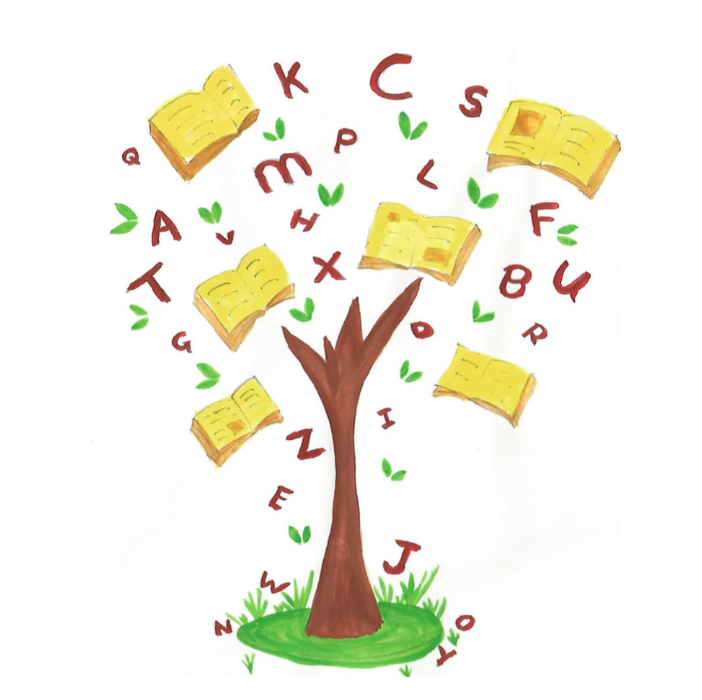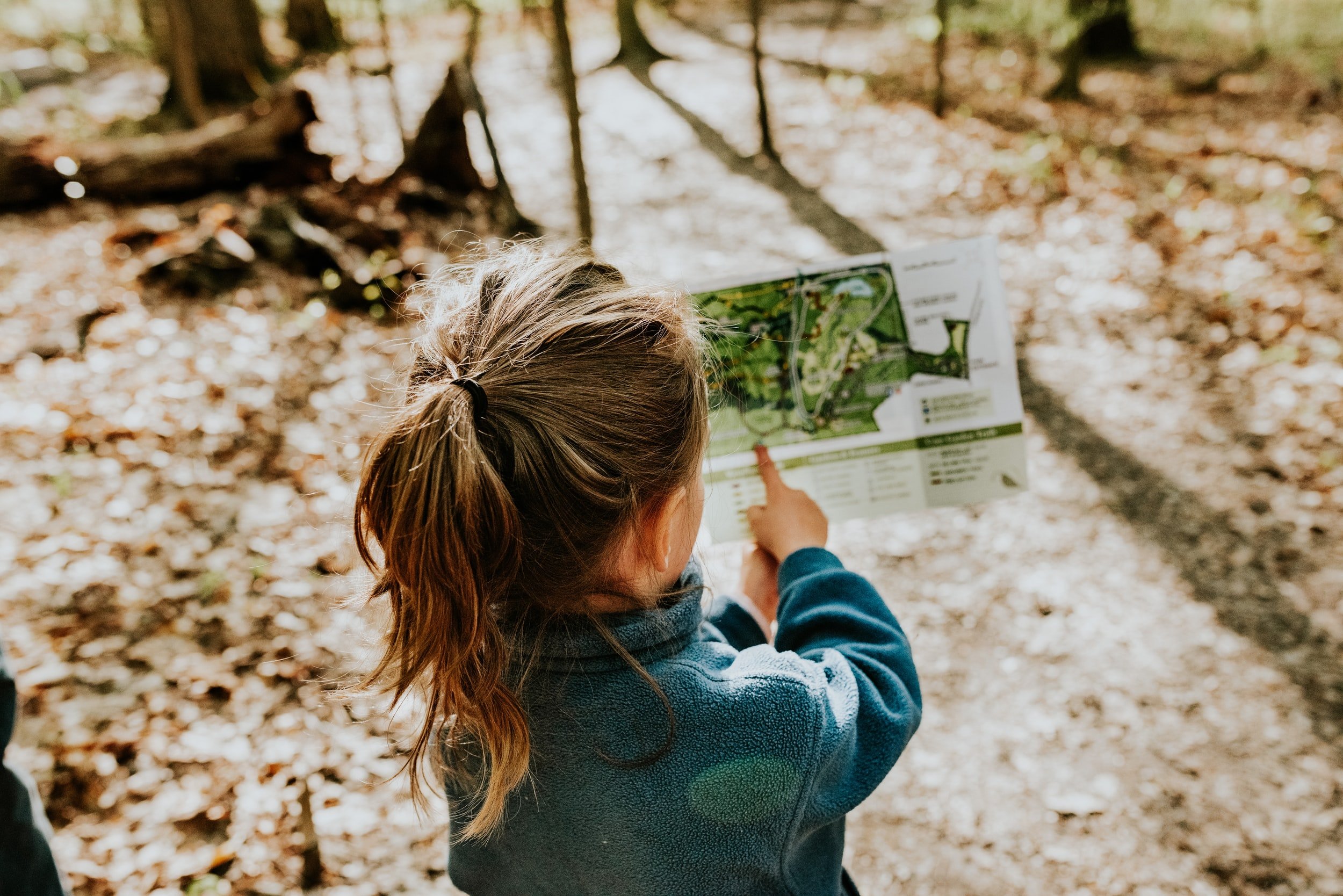5 Ways to boost language with an Easter egg hunt!
With the Easter weekend fast approaching, here are 5 Speech Therapist approved ways to sneak in some language targets using an Easter egg hunt…
(p.s. feel free to do the hunt ‘for real’ a first before going in for these adaptations!)
Draw out a map of where you have hidden the eggs for your little one!
Why this boosts language?
This develops matching and allows you to discuss where the eggs are using lots of lovely location vocabulary (e.g. “under the plant pot”, “behind the sofa”).
2. Big vs. small sorting
Why this boosts language?
This develops comparative language, and introduces size concepts in a way which allows for lots and lots of practice.
Collect the eggs and then sort into 2 piles, big and small.
3. Colour sorting
Why this boosts language?
Colours are abstract concepts and so can take a while for little ones to learn. Grouping all the collected eggs into their different colours (sorting) is a precursor to being able to label the colour name. It also allows you to model the names of the colours over and over again.
4. Give location instructions!
Why this boosts language?
This supports your little one’s understanding. Slowly increase the number of words in a sentence your little one has to pay attention to (e.g. “put the egg in the basket” - 1 word; “put the small egg in the box” - 2 words).
For this adaptation you will need a couple of different location options (e.g. basket, box, bag). Ask your little one to follow instruction related to where they put the eggs. If this is really easy for them you can step it up by adding in different action words too! (e.g. “make your green egg fly to the basket”; “make the big egg roll to the box”.
5. Give your eggs some feelings!
Why this boosts language?
Through this activity you can talk about the outward features of different emotions (e.g. smiling mouth, closed eyes, frowning eyebrows etc.). If you want to step this up, ask your little one to act out the different emotions and talk about how the body looks as well as the face when we are experiencing different emotions.
Either draw on your facial expressions, or have some eyes, mouths, noses ready to go (cut & stick/ blue tac!).
*Disclaimer: Some of the links are affiliate links which means I earn a small commission should you choose to click through and buy with the link.





